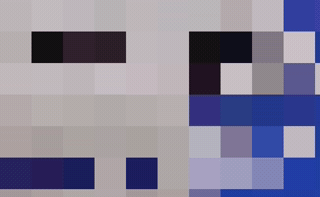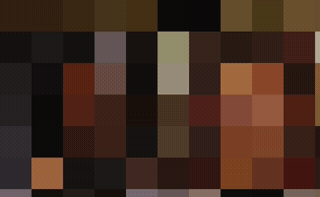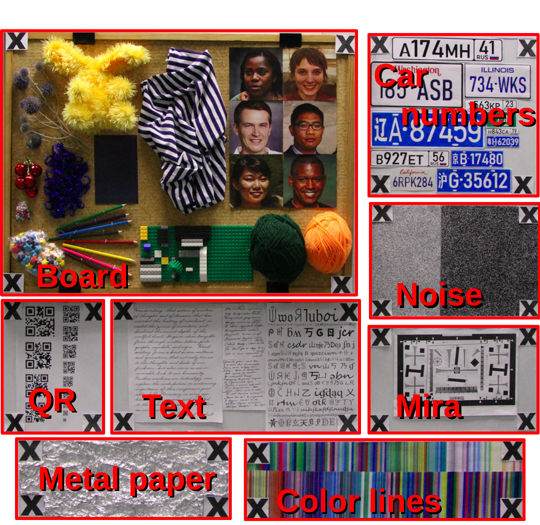MSU Video Super Resolution Benchmark 2021 — selecting the best upscaler
Discover the newest methods and find the most appropriate method for your tasks


Key features of the Benchmark
- New metrics for detail restoration quality
- Check Video Super Resolution models’ ability to restore real details
- The most complex content for restoration task: faces, text, QR-codes, car numbers, unpatterned textures, small details
- See plots and visualizations for particular content types
- Different degradation types to lower the resolution: bicubic and gauss, with and without noise
- Many methods use only one degradation type for their training datasets (e.g. bucubic interpolation) and do not work well on others. Choose method that didn’t overfit to the test dataset
- Subjective comparison of new and popular Super-Resolution methods

The test-stand of the benchmark. See methodology for more information.
Leaderboard
The table below shows a comparison of Video Super Resolution methods by subjective comparison and a few objective metrics.
Full leaderboard you can see here.
Charts
In these section you can see barcharts and speed-to-performance plots. You can choose metric, motion, content and degradation type, see tests with or without noise.
Your method submission
Verify restoration ability of your VSR algorithm and compare it with state-of-the-art solutions.
- Download input
- Download input low-resolution videos as a sequences of frames in .png format
- Apply your algorithm
- Restore high-resolution frames with your algorithm
- Send us result to vsr-benchmark@videoprocessing.ai
If you would like to participate read the full submission rules here.
Contacts
For questions and propositions, please contact us: vsr-benchmark@videoprocessing.ai
Learn more
Written on May 10, 2021

